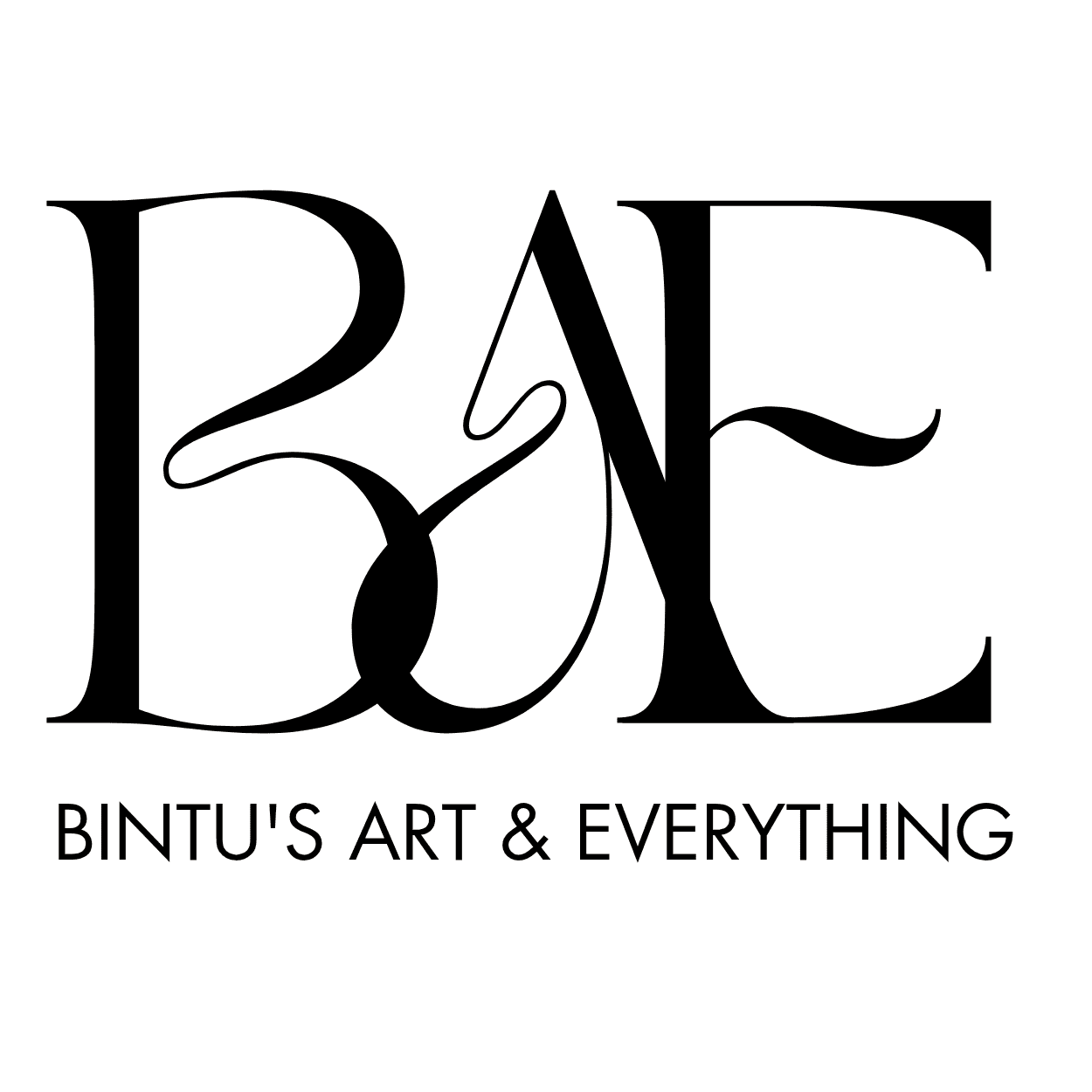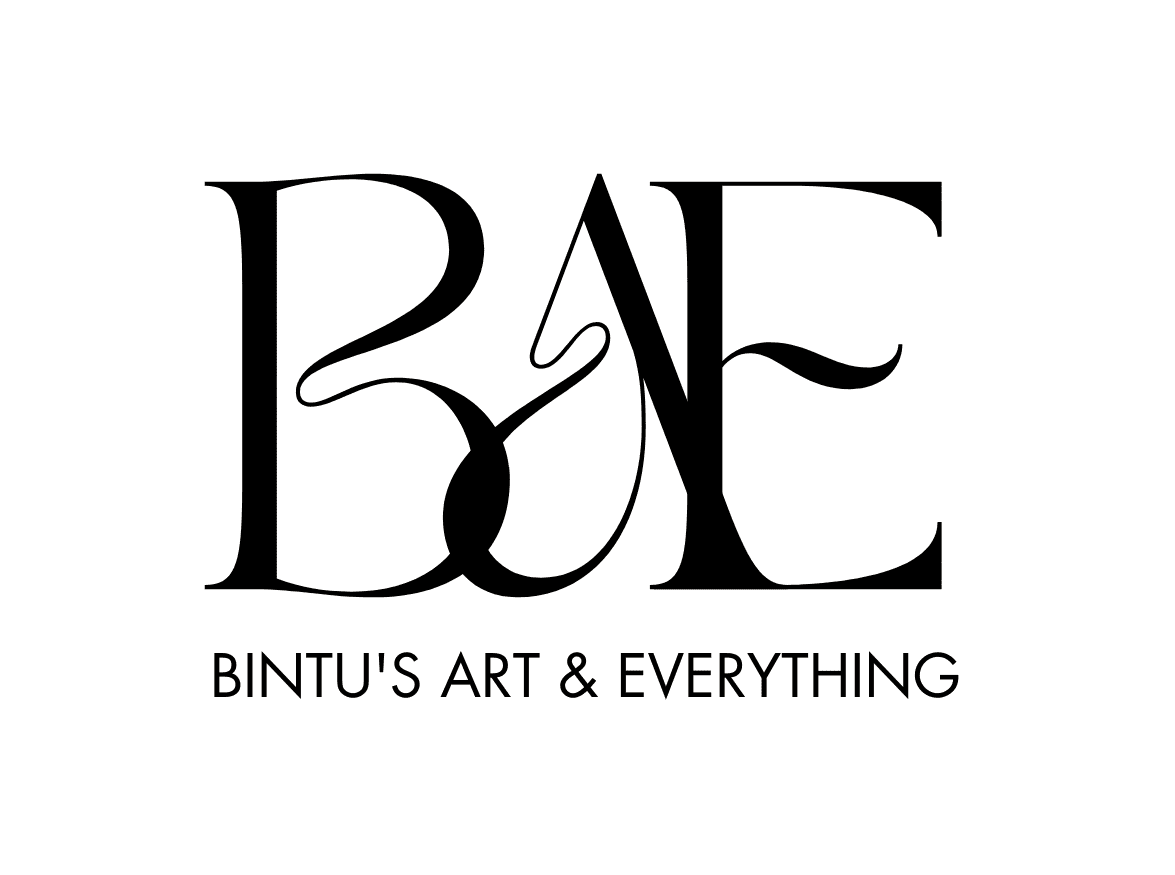- How to Set Up an Online Portfolio Nigeria: A Simple Guide
- Why Do You Need an Online Portfolio in Nigeria?
- Step 1: Define Your Goals and Audience
- Step 2: Choose the Right Platform
- Step 3: Select a Domain Name and Hosting
- Step 4: Design Your Online Portfolio
- Step 5: Optimize Your Portfolio for Google
- Step 6: Promote Your Online Portfolio
- Step 7: Keep Improving and Updating
- Conclusion
How to Set Up an Online Portfolio Nigeria: A Simple Guide
In today’s digital world, having an online portfolio is essential for professionals, creatives, and freelancers in Nigeria. Whether you’re a graphic designer, writer, photographer, or web developer, showcasing your work online helps you attract clients, build your brand, and stand out in a competitive market. This guide will walk you through the simple steps to set up an effective online portfolio Nigeria that gets noticed on Google and helps grow your career.
Why Do You Need an Online Portfolio in Nigeria?
An online portfolio is your digital CV. It displays your skills, shows examples of your work, and demonstrates what you can do to potential clients or employers. Here are some benefits:
- Easy to share your work with clients nationwide and worldwide
- Build a professional online presence
- Increase your chances of getting hired or collaborating with brands
- Showcase your unique skills and style
In Nigeria, where the job market and freelance industry are growing rapidly, a strong online presence can open many doors.
Step 1: Define Your Goals and Audience
Before creating your online portfolio, think about your goals. Do you want to attract local Nigerian clients, international clients, or both? Are you a photographer looking for creative projects or a software developer wanting to showcase your apps? Knowing your target audience guides your choice of platform, design, and content.
For example:
- If you’re a Nigerian artist, focus on visual presentation
- If you’re a writer, prioritize clean, well-organized text-based content
- If you’re a web developer, highlight your best projects and skills
Step 2: Choose the Right Platform
Selecting the right platform makes a big difference in how your portfolio looks and functions. Here are popular options suited for different needs:
1. WordPress:
A flexible and widely-used platform with lots of themes and plugins. Ideal if you want full control over customization.
2. Wix:
A drag-and-drop builder that’s easy to use. Suitable for beginners and quick setup.
3. Squarespace:
Great for visually appealing portfolios, especially for creative professionals.
4. Behance:
Specialized for designers and creatives, especially if you want exposure in the creative industry.
5. LinkedIn:
While not a traditional portfolio site, it’s great for professional networking and showcasing your experience.
Choose a platform that matches your technical skills, budget, and desired features.
Step 3: Select a Domain Name and Hosting
Your domain name is your web address, such as www.yourname.com. It should be simple, memorable, and professional. Use your name or your brand name if possible.
Hosting:
This is where your website lives online. Many platforms like Wix and Squarespace include hosting. If you choose WordPress, you need to buy hosting from providers like Bluehost, SiteGround, or Nigeria-based hosting companies.
Having a custom domain (not a free subdomain) boosts your credibility and makes your website easier to find on Google.
Step 4: Design Your Online Portfolio
Keep your design simple and professional. Use a clean layout that highlights your work without distractions. Key features to include:
- Homepage: A brief intro about who you are and what you do
- Portfolio gallery: Showcase your best work in high-quality images or videos
- About page: Share your story, skills, and experience
- Services or skills: List what you offer and your expertise areas
- Contact info: Make it easy for visitors to reach you via email, phone, or social media
Ensure your website is mobile-friendly since many users in Nigeria access the internet via smartphones.
Step 5: Optimize Your Portfolio for Google
To help your portfolio rank higher on Google search results, implement basic SEO practices:
- Use relevant keywords such as “Nigerian graphic designer,” “freelance writer Nigeria,” or “photographer in Lagos” naturally in your content
- Write compelling meta titles and descriptions for each page
- Add alt text to all images with descriptive keywords
- Include your location in page titles and content to attract local clients
- Use a fast, reliable hosting provider to improve page load speed
Regularly update your portfolio with new work to show that you’re active and current in your industry.
Dont miss:
- Building a Portfolio Website with Wix: A Step-by-Step Guide
- How to Create a Digital Marketing Portfolio From Scratch in 2025
- Upgrading Your Digital Portfolio for 2025 (and Beyond!)
Step 6: Promote Your Online Portfolio
Once your website is live, promote it everywhere:
- Share your link on social media platforms like Instagram, Facebook, Twitter, and LinkedIn
- Join Nigerian online communities and forums for your niche
- Add your portfolio link to your email signature
- Use local SEO strategies to target Nigerian clients
Start a blog or news section on your website to share insights, case studies, or industry trends. This can boost your SEO and attract more visitors.
Step 7: Keep Improving and Updating
An online portfolio is not a one-time project. Keep updating your work, refining your site, and improving your SEO skills. As you grow, you’ll want to add testimonials, new projects, or even client reviews.
Conclusion
Setting up an online portfolio Nigeria is simple once you follow these steps. Focus on showcasing your best work, optimizing your site for Google, and promoting it across your network. A professional online portfolio helps you attract more clients, grow your freelance business, and establish your reputation in the Nigerian creative or professional industry.
Start today, and let your work speak for itself!
Image source: Wiztoonz.com






